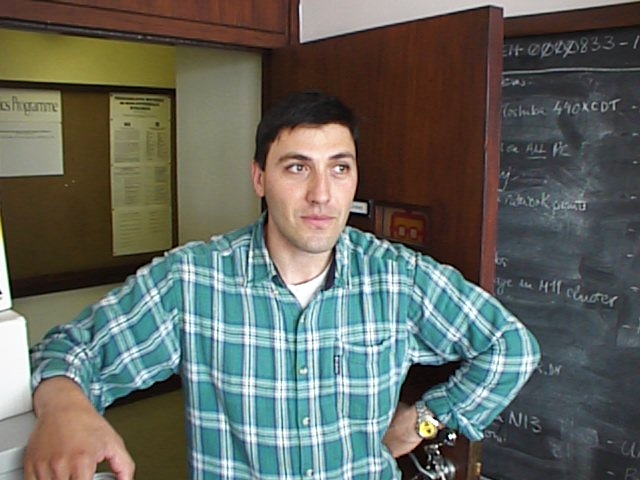
Joel Daou
Associate Professor
Qualifications: MSc, PhD (Marseilles).
Department of Mathematics
University of Manchester, Alan Turing Building
Oxford Road , Manchester M13 9PL, UK
Room 2.129
I am on a one year Sabbatical Leave during the academic year 2023-24